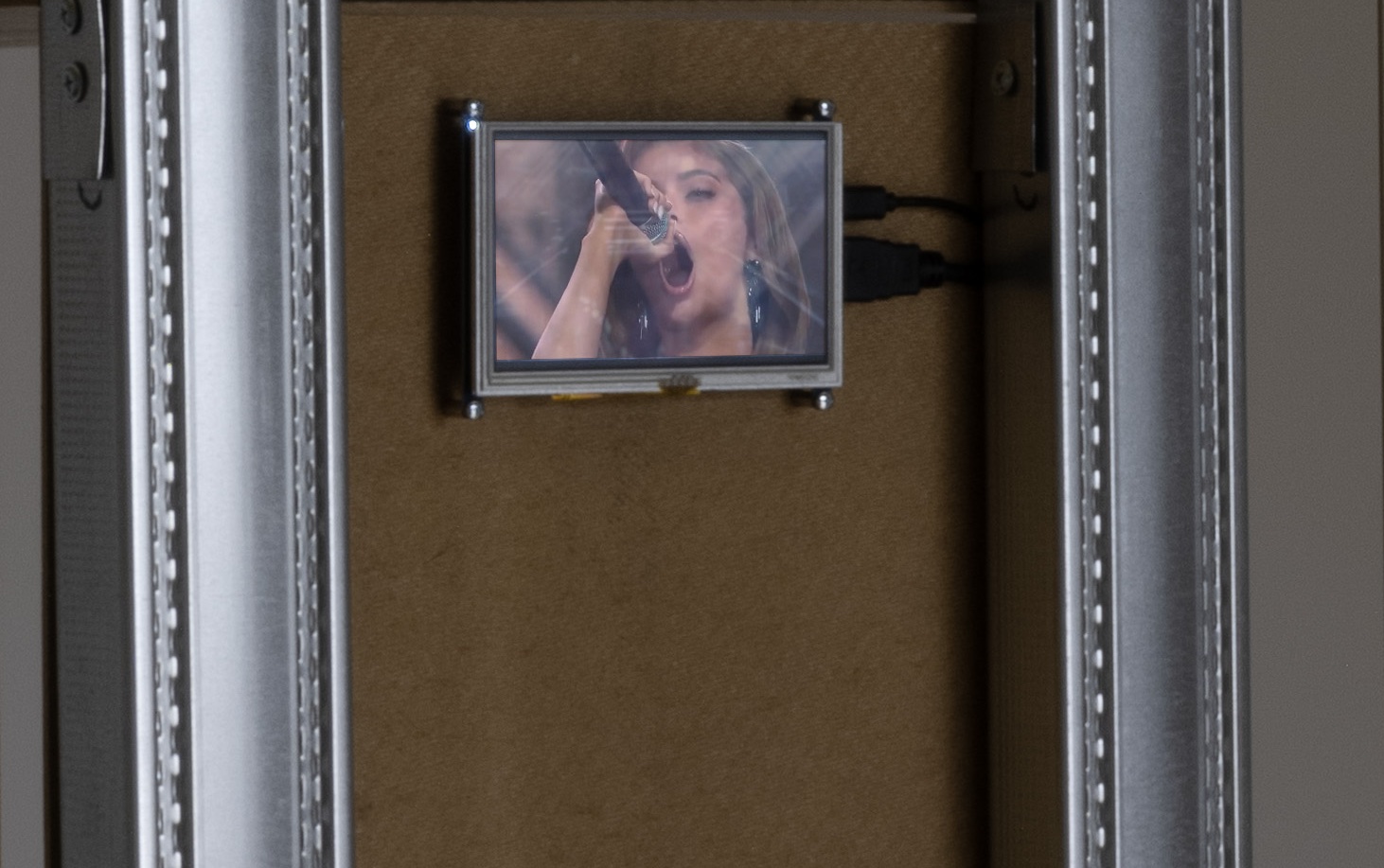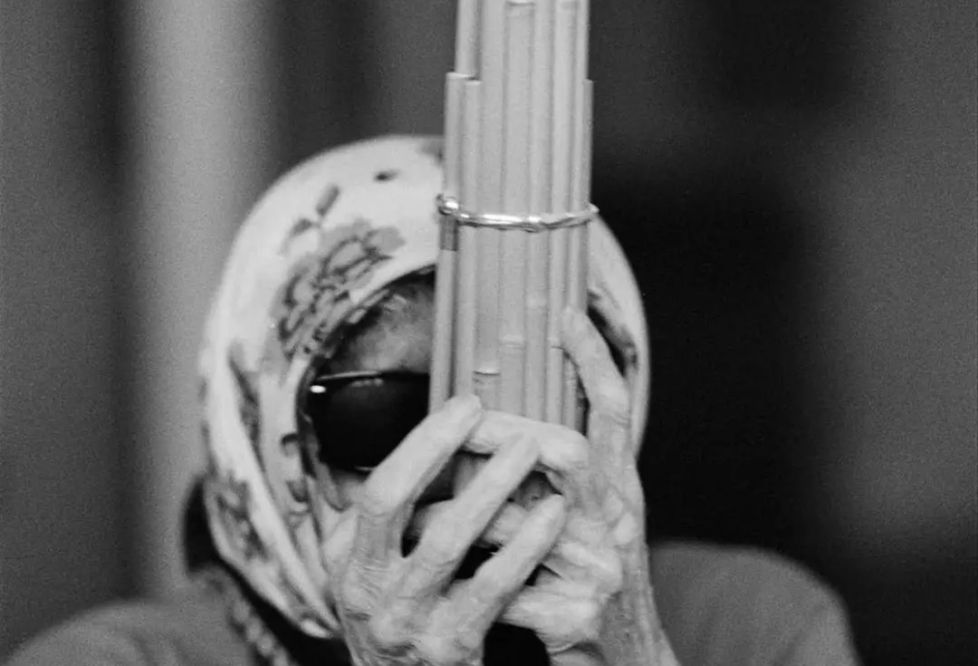
Med ti spørsmål til den berlinbaserte kunstneren Hito Steyerl – som har åpning på Henie Onstad Kunstsenter i dag – lanserer vi Kunstkritikks nye serie med miniportretter av aktuelle kunstnere.
Hito Steyerl (f. 1966) viser for første gang i Norge et stort utvalg filmer på Henie Onstad Kunstsenter. Utstillingen er kuratert av Tone Hansen og åpner i kveld med det nye videoarbeidet Before the Crash, i tillegg til kjente arbeider som Lovely Andrea (2007) og Journal No. 1 – An artist´s Impression som ble vist på Documenta 12 i 2007. Steyerl har tidligere besøkt Norge i forbindelse med atelierprogrammet på OCA, under ledelse av Ute Meta Bauer, samt deltaker på filmfestivalen Film as Critical Practice i 2007 også arrangert av OCA, men dette er hennes første utstilling i Norge.
Steyerls produksjon kjennetegnes av en overskridende tilnærming til temaer som globalisering, migrasjon, feminisme, urbanisme, rasisme og nasjonalisme. I hennes kunstnerskap gis rammene for refleksjon og persepsjon en sentral plass. Særlig har hennes tilnærming til arkivrelaterte temaer vakt interesse: Hvordan reiser bilder i vår tid? Hvordan refigureres bilder etter den digitale vendingen og hvorfor dør noen bilder, mens andre er uslettelige på grunn av en digital sirkulasjon? Billedarkivet er blitt et sted for eierskap og identitetskamp hvor, i følge Steyerl, «bilder blir arrestert og akselerert».
Steyerl er utdannet filmskaper ved Munic Academy of Television and Fim og Academy of Visual Arts, Tokyo, samt holder en PhD i filosofi. Dette intervjuet ble gjennomført på Høvikodden og er beholdt på originalspråket.
1. How are the preparations for your upcoming show at Henie Onstad Art Centre going?
Great! No problems!
2. What do you consider the most important aspect of this exhibition?
I am showing two new works, one developed for this exhibition, which really gave me the chance to reread my early works. I see that certain topics, like fear, attraction, affect, shame, recur again and again, not as a conscious decision, it just happens. My work is always thought of as reflexive and political, which they of course are, but I think I now see them embedded in an affective dimension as well.
3. How, why and when did you become an artist?
Did I? (Laughs)
4. Has your role as an artist changed since then?
No, I am just getting more used to it.
5. Can you mention current art or projects/practices that inspire you?
The Taipei Biennal curated by Hongjohn Lin and Tirdad Zolgar is on my mind right now, I think it is very inspiring since it works on artistic conditions of labor.
6. How would you describe your working method and what is the optimal work environment for you?
My working method is dependent on a production circle that is shorter than ever, so I would say that more time would be required. I try to compensate by creating work in modules and short sections that can be articulated to more substantial filmic pieces. The whole time economy of spectatorship is so much in flux. Did you know that the average time spent on a video piece is six seconds? Naturally, this affects the conditions that I have to deal with.
7. What role does theory play in your work and what theorists have inspired you lately?
Theory is a big challenge. I never mix the two in my own work, I would for example never write about or theorize my own work. I actually recover from my visual work through theory and vice versa. I see them as equally important and would never put one over the other. We are talking about different crafts, with different tools. Theorist that interests me now are Leo Bersani, Ulysse Dutoit and Mario Perniola.
8. How can visual artists make a living and still maintain a critical attitude towards the commercial art market and governmental funding bodies?
I think the only autonomy you could have is to not become depended on a single source, be it commercial or governmental. Did you see the movie A fist Full of Dollars by Sergio Leone? It is based on Akira Kurosawas samurai film Yojimbo from 1961. The lead role is a bodyguard in a society of two clans – let’s say they represent the museum and the gallery system – and he has to maneuver between these two. To me these are protocols on how to survive, and maybe even a role model for artists as freelancers.
9. How can we theorize and historicize contemporary art?
I don’t know. It’s too early to historicize contemporary art. Or theorize it now and historicize in 300 years! It is a problem that large parts of contemporary art history are market driven, just like a film history is based on blockbusters for example.
10. If you were the ruler of the Art world, what would you change?
I would abolish the monarchy you are referring to.









Leserinnlegg